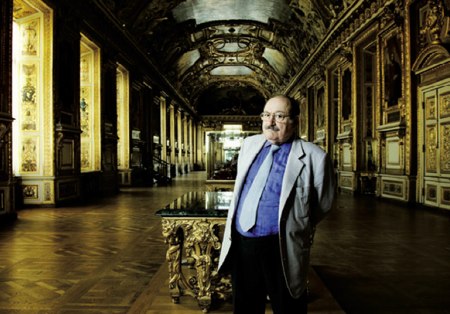Umberto Eco's Lists
Stacey Mason
The Louvre is currently featuring an exhibition by Umberto Eco entitled “Mille e tre,” which focuses on the concept of the list:
The exhibition “Mille e tre” traces the evolution of the concept of a list through history and examines how its meaning changes with the passage of time: from its ancient use in funerary traditions to its present-day use in everyday life, via the creative processes of contemporary artists, the list is a vehicle for cultural codes and the bearer of different messages.
"Mille e tre", 1003, is the length of Don Giovanni’s list of lovers.

Eco draws from several disciplines including printed literature, poetry, and paintings. In a recent interview, he explains that lists both serve as an expression of limitless concepts which language can not express, and also serves to highlight the concept of death:
We have a limit, a very discouraging, humiliating limit: death. That's why we like all the things that we assume have no limits and, therefore, no end. It's a way of escaping thoughts about death. We like lists because we don't want to die.
This idea that lists serve to express that which can never be expressed reminds us of Michael Joyce’s Twelve Blue , in which “each ever after” lists many things which “can be read.” This list, which is repeated often in most readings of the work serves to demonstrate the interconnectedness of all that “can be read” and indeed is also indicative of that which can not be expressed: the complex relationship between people, lives, events, and words and their meanings.

